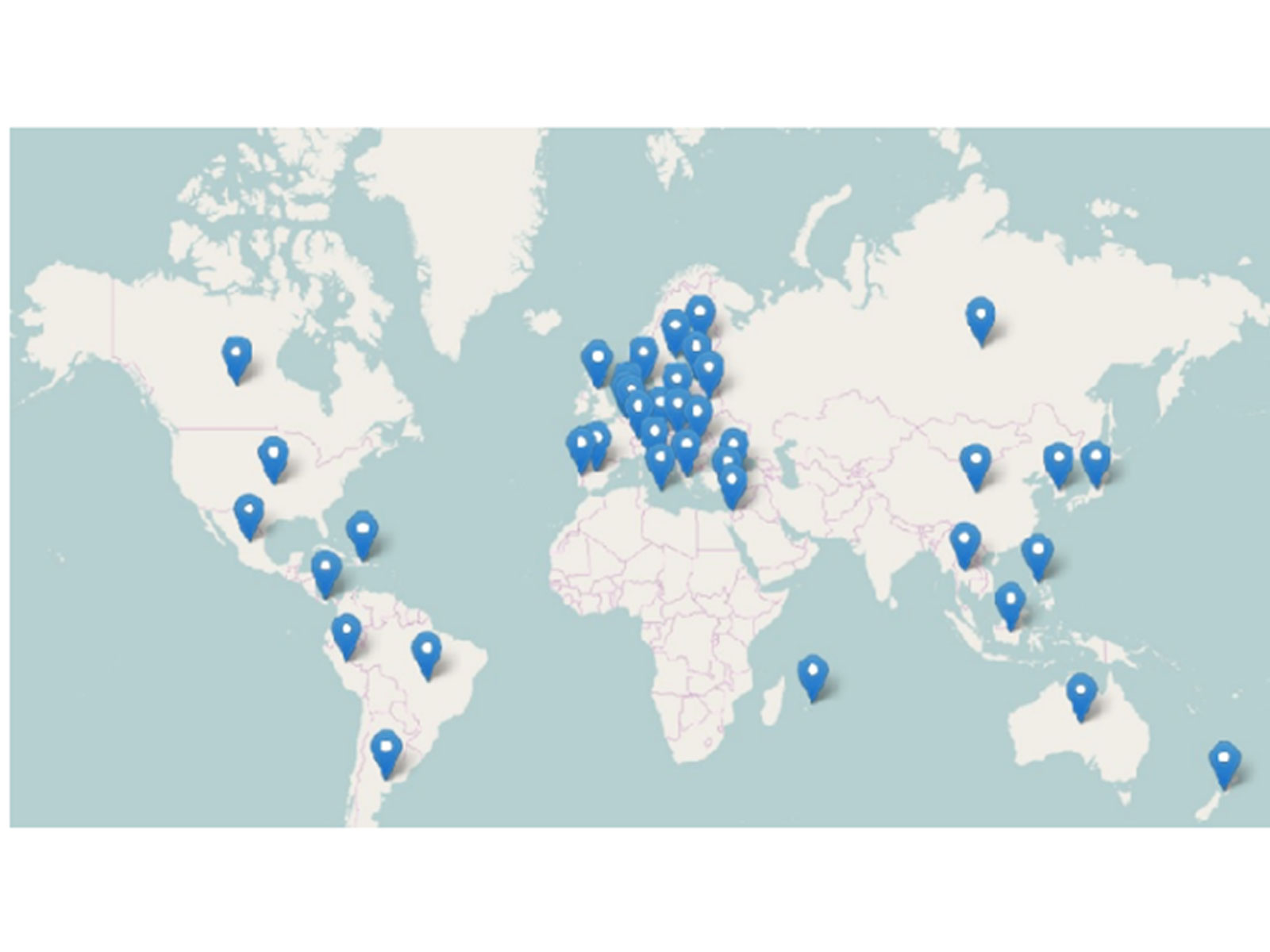Child sexual abuse material (CSAM)
In many occasions, media use the term “Child pornography” which in most cases is better understood by society, but it is not the most appropriate term to describe victims of a crime
Technology evolution within the last 10 years has just enable the perpetration of CSAM
According to the International association of internet hotlines, the number of webpages containing child sexual abuse materials increased by 147 percent from 2012 to 2014

87 per cent possessed images of children aged six to 12 years

Some research has suggested that the majority of CSAM is not commercial, which means offenders can access it at no cost

The NSW Local Court dealt with between 50 and 100 child pornography offenders annually between 2005 and 2008
- Under 18 years old
- Babies or toddlers
- Under 8 years old
- Under 12 years old
Who are the victims?
This is highly complex to determine as different sources point again variance on the numbers
However, the findings of the internet Watch Foundations were quite disturbing
Who are the offenders?
Evidence suggests that some offenders use CEM without ever directly sexually abused a child
Therefore no direct link between committing abuse and viewing material

How is commonly CEM accessed?
Almost 245,000 US computers had shared 120,418 unique CEM files in a 12-month period
9,700 CEM files are trafficked daily by 2.5 million distinct peers in more than 100 countries
It seems not difficult to find CEM on the internet, weather deliberately or accidentally within email spams, within legal pornography websites or software download

